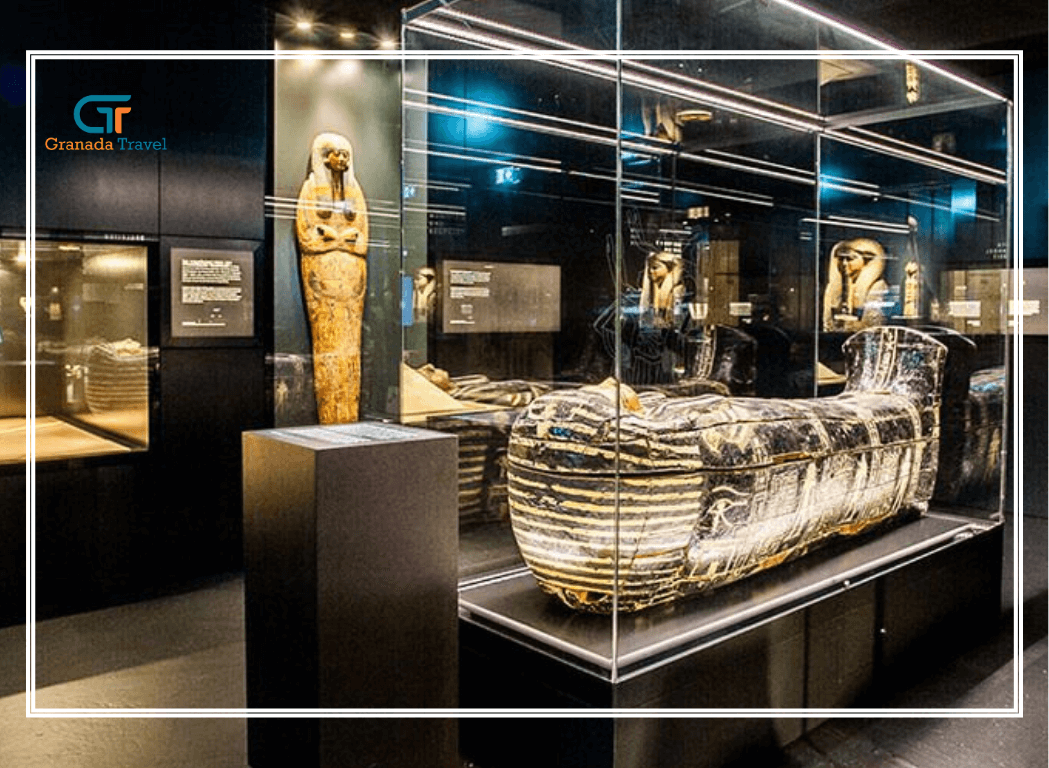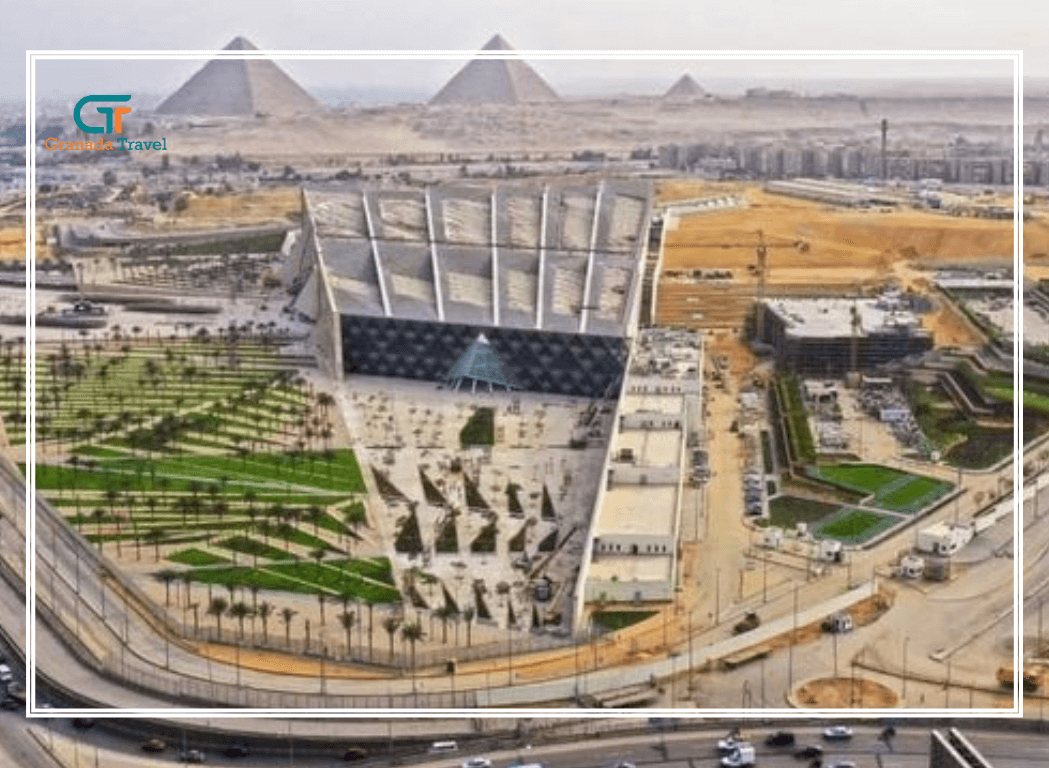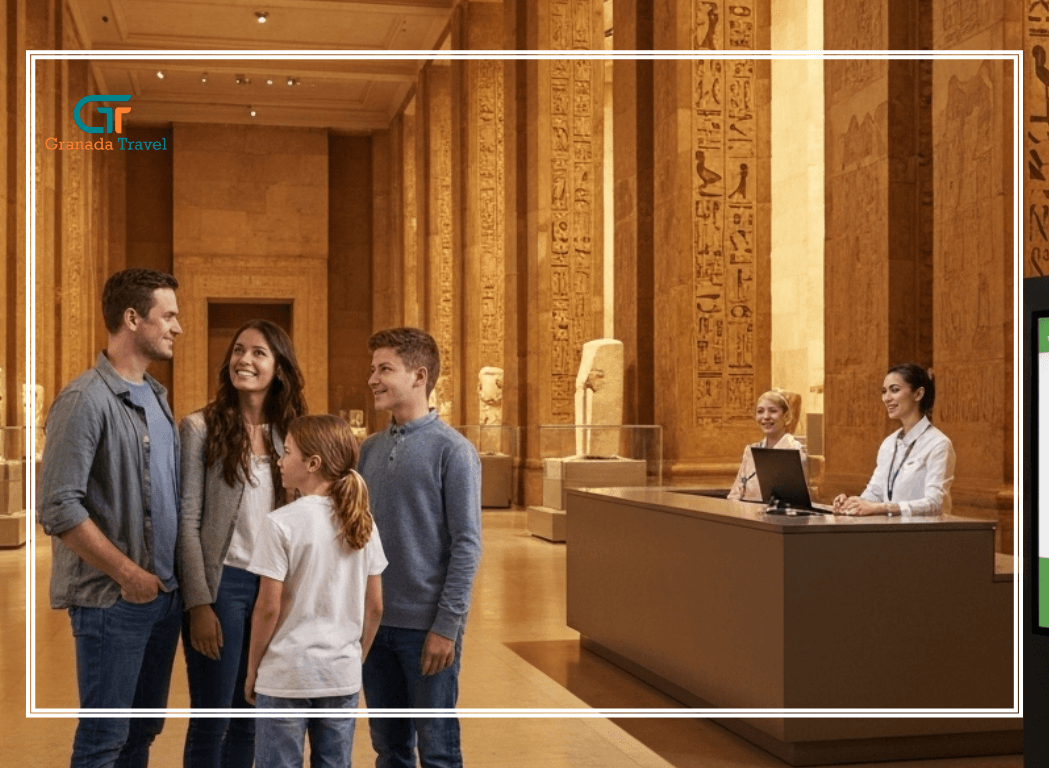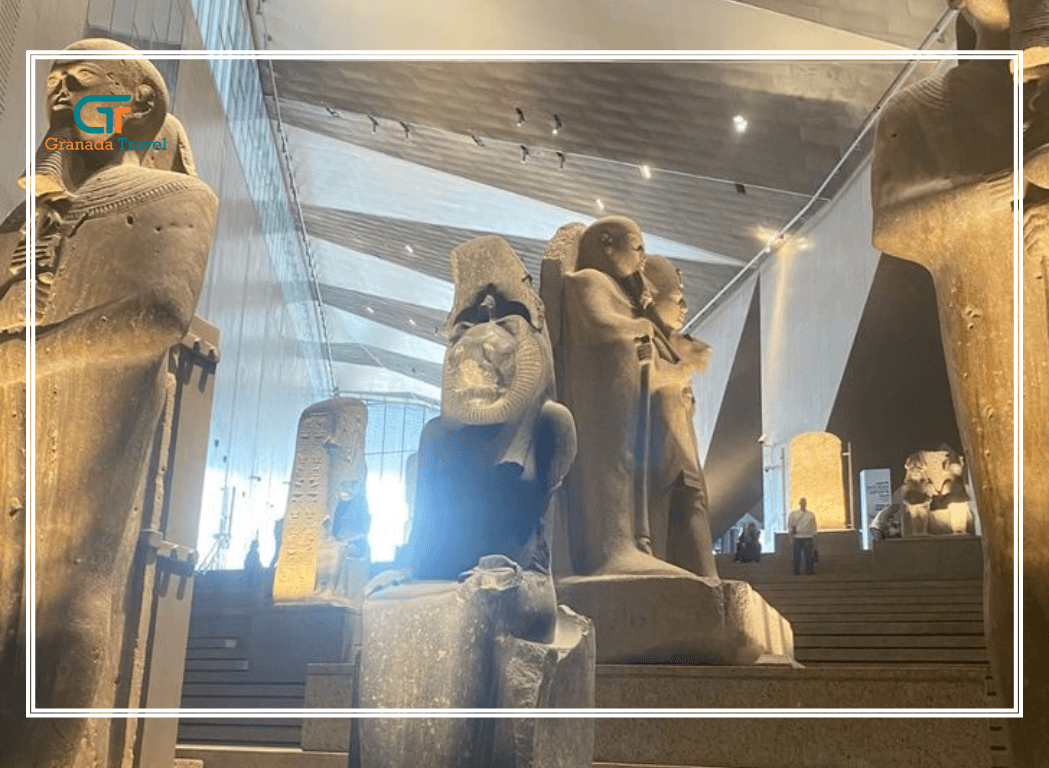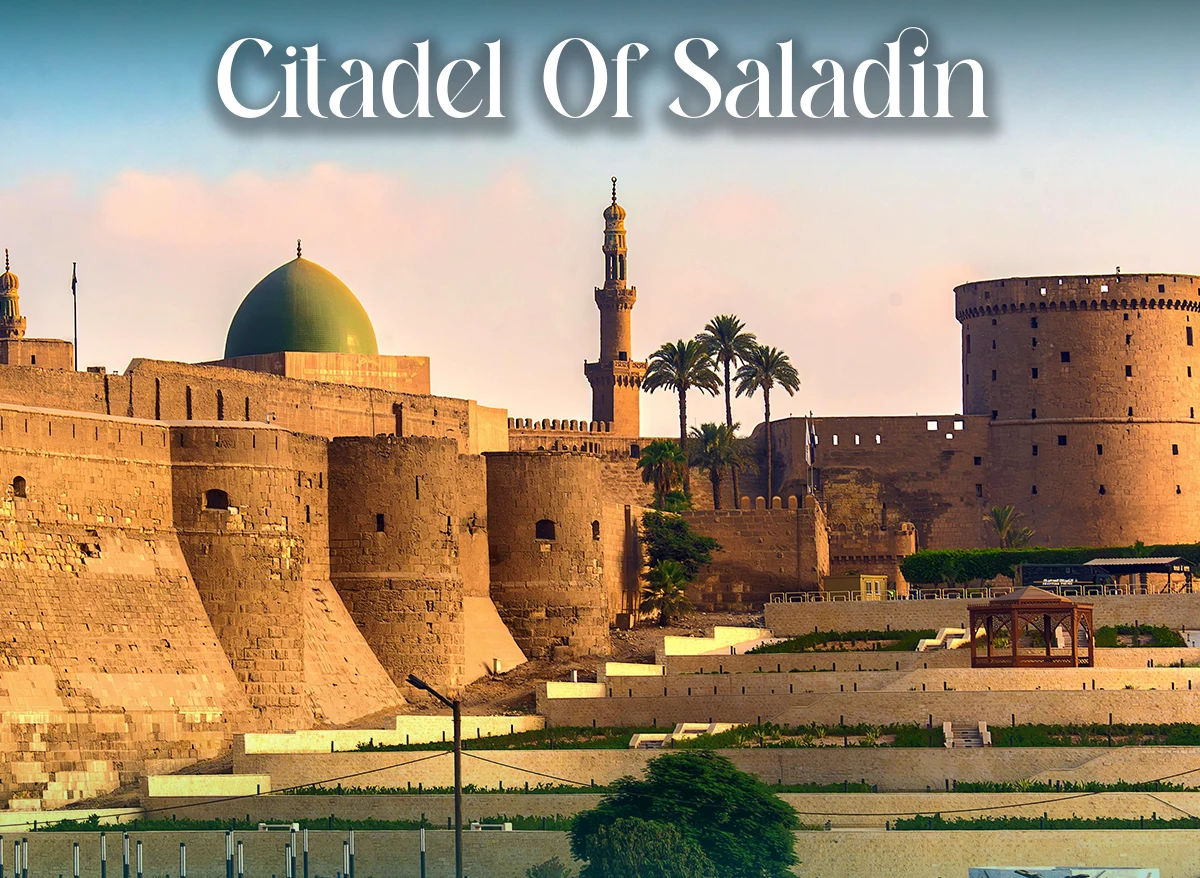
The Majestic Citadel of Saladin: A Timeless Fortress Guarding Cairo's History
Perched majestically atop Mokattam Hill, the Citadel of Saladin stands as a formidable testament to Cairo's rich and tumultuous past. This imposing medieval Islamic-era fortification, also known as the Citadel of Saladin Cairo or the Saladin Citadel of Cairo, has watched over the Egyptian capital for centuries, witnessing the rise and fall of dynasties and enduring countless historical shifts.
For anyone wondering, "Is Saladin Citadel worth visiting?", the resounding answer is an emphatic yes. It's not merely a collection of ancient stones; it's a living chronicle of Egyptian power, ingenuity, and architectural grandeur.
A Fortress Forged in Conflict: The Story of the Citadel of Saladin
To understand the profound significance of the Citadel of Saladin, one must delve into its origins. "What is the story of the Citadel of Saladin?" you might ask. The narrative begins in the late 12th century, a time when Egypt, and indeed the wider Islamic world, faced the constant threat of Crusader invasions. Salah al-Din Yusuf ibn Ayyub, the legendary Sultan Saladin, recognized the urgent need for a fortified stronghold to protect Cairo and solidify his rule.
Construction of the Citadel of Saladin Cairo Egypt commenced in 1176 CE, with Saladin envisioning a massive defensive complex that would not only safeguard the city but also serve as the seat of government for his burgeoning Ayyubid dynasty. He strategically chose Mokattam Hill for its natural defensive advantages, offering panoramic views of Cairo and its surroundings. The aim was to create a formidable barrier against potential Crusader attacks and provide a secure administrative center.
While Saladin initiated this colossal undertaking, the Citadel of Saladin was not fully completed during his lifetime. It was his successor, Sultan al-Kamil ibn al-Adil, who brought Saladin's vision to fruition, establishing it as the official seat of power. For an astonishing 700 years, from the 13th to the 19th centuries, the Citadel of Saladin served as the residence of Egypt's rulers, including Ayyubids, Mamluks, and Ottomans. This long tenure underscores its strategic importance and enduring legacy.
The architectural style employed in the Citadel's construction reflects the military engineering of its time, drawing inspiration from earlier Fatimid fortifications in Cairo. Its massive walls, imposing towers, and intricate gates were designed to withstand prolonged sieges, showcasing the advanced defensive capabilities of medieval Islamic architecture.
A Journey Through Time: Exploring the Citadel's Treasures
Today, the Citadel of Saladin is a sprawling complex encompassing a remarkable array of historical buildings, museums, and mosques, each contributing to its unique allure. A visit here is a journey through different eras of Egyptian history.
One of the most prominent and visually stunning structures within the Citadel of Saladin is the Muhammed Ali Mosque. Also known as the Alabaster Mosque, this grand Ottoman-style mosque, commissioned by Muhammad Ali Pasha between 1830 and 1848, dominates the Cairo skyline with its towering minarets and magnificent central dome. Its interior and exterior walls are lavishly adorned with alabaster, giving it a luminous quality. Inside, visitors can admire its intricate decorations, two pulpits, and the tomb of Muhammad Ali Pasha himself. The mosque's courtyard offers unparalleled panoramic views of Cairo, and on a clear day, one can even glimpse the distant Giza Pyramids.
Beyond the grandeur of the Muhammed Ali Mosque, the Citadel of Saladin houses other significant architectural gems. The Mosque of al-Nasir Muhammad, built in the 14th century, is another important Islamic monument within the complex, showcasing a distinct Mamluk architectural style. Visitors can also explore the Gawhara Palace, built by Muhammad Ali Pasha in 1814 as a residence for his wife, which offers a glimpse into the opulent lifestyle of Egyptian royalty with its intricate tilework and carvings.
The Citadel of Saladin also hosts several museums that delve deeper into Egypt's rich heritage. The National Military Museum chronicles the history of the Egyptian army from the Pharaonic era to modern times, while the Police Museum provides insights into the evolution of law enforcement in Egypt. The Archaeological Garden Museum displays a collection of artifacts from the Ayyubid, Mamluk, and Ottoman periods, including columns, crowns, and tombstones.
Planning Your Visit: Practicalities and Reviews
For those considering a trip, "Can tourists visit the Citadel?" Absolutely. The Citadel of Saladin is one of Cairo's most popular tourist attractions and is open to visitors year-round. It is advisable to allocate at least half a day to explore the entire complex, allowing ample time to appreciate its historical significance and architectural beauty.
"How old is the Citadel in Cairo?" The construction of the Citadel of Saladin began in 1176 CE, making it over 800 years old. Its long history is evident in the layers of architectural styles and the stories embedded within its walls.
The Citadel of Saladin reviews consistently highlight its impressive scale, stunning views, and the wealth of historical information it offers. Visitors frequently praise the architectural splendor of the Muhammed Ali Mosque and the breathtaking panoramas of Cairo from its terraces. Many Citadel of Saladin photos showcase the iconic minarets of the Alabaster Mosque against the backdrop of the sprawling city.
When planning your visit, note that the Citadel has specific opening hours, generally from 9:00 AM to 4:00 PM (with slight variations for summer, winter, and Ramadan). There is an entrance fee, with discounted rates for students and free entry for children under six, Egyptians with special needs, and Egyptians over 60 years old. Photography with a mobile phone is generally free.
Beyond the Citadel: Exploring Islamic Cairo
The Citadel of Saladin is a magnificent starting point for exploring the wider wonders of Islamic Cairo. Its strategic location offers easy access to other historical and cultural landmarks, allowing for a deeper immersion into the city's heritage.
Just a short distance from the Citadel of Saladin lies the awe-inspiring Mosque and Madrasa of Sultan Hassan, a colossal Mamluk-era complex considered one of the finest examples of Islamic architecture in Cairo. Its towering walls and intricate designs are a testament to the artistic and engineering prowess of the 14th century.
Another important historical site within reach is the Al-Azhar Mosque, one of the oldest mosques in Cairo and a renowned center of Islamic learning for over a millennium. Its serene courtyards and intricate prayer halls offer a tranquil escape from the city's hustle and bustle.
For a moment of relaxation amidst your historical explorations, the nearby Al-Azhar Park provides a lush green oasis. Offering stunning vistas of the Citadel of Saladin and the historic city below, it's a perfect spot to unwind and reflect on the beauty and history you've witnessed.
In conclusion, the Citadel of Saladin is more than just a fortress; it is a captivating landmark that embodies the spirit and resilience of Cairo. Its rich history, stunning architecture, and panoramic views make it an essential stop for any traveler to Egypt. From the story of its legendary founder, Saladin, to the grandeur of the Muhammed Ali Mosque, and the echoes of centuries of rule, the Citadel of Saladin Cairo promises an unforgettable journey into the heart of Egyptian heritage. So pack your bags, prepare your camera for incredible Citadel of Saladin photos, and step back in time to explore this enduring symbol of Egypt's glorious past.

